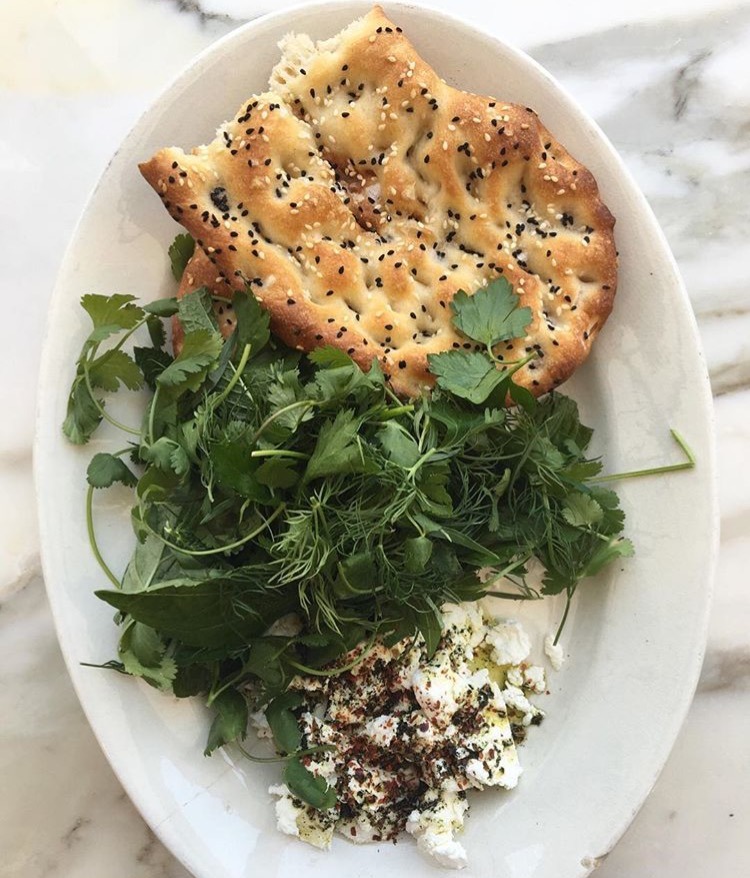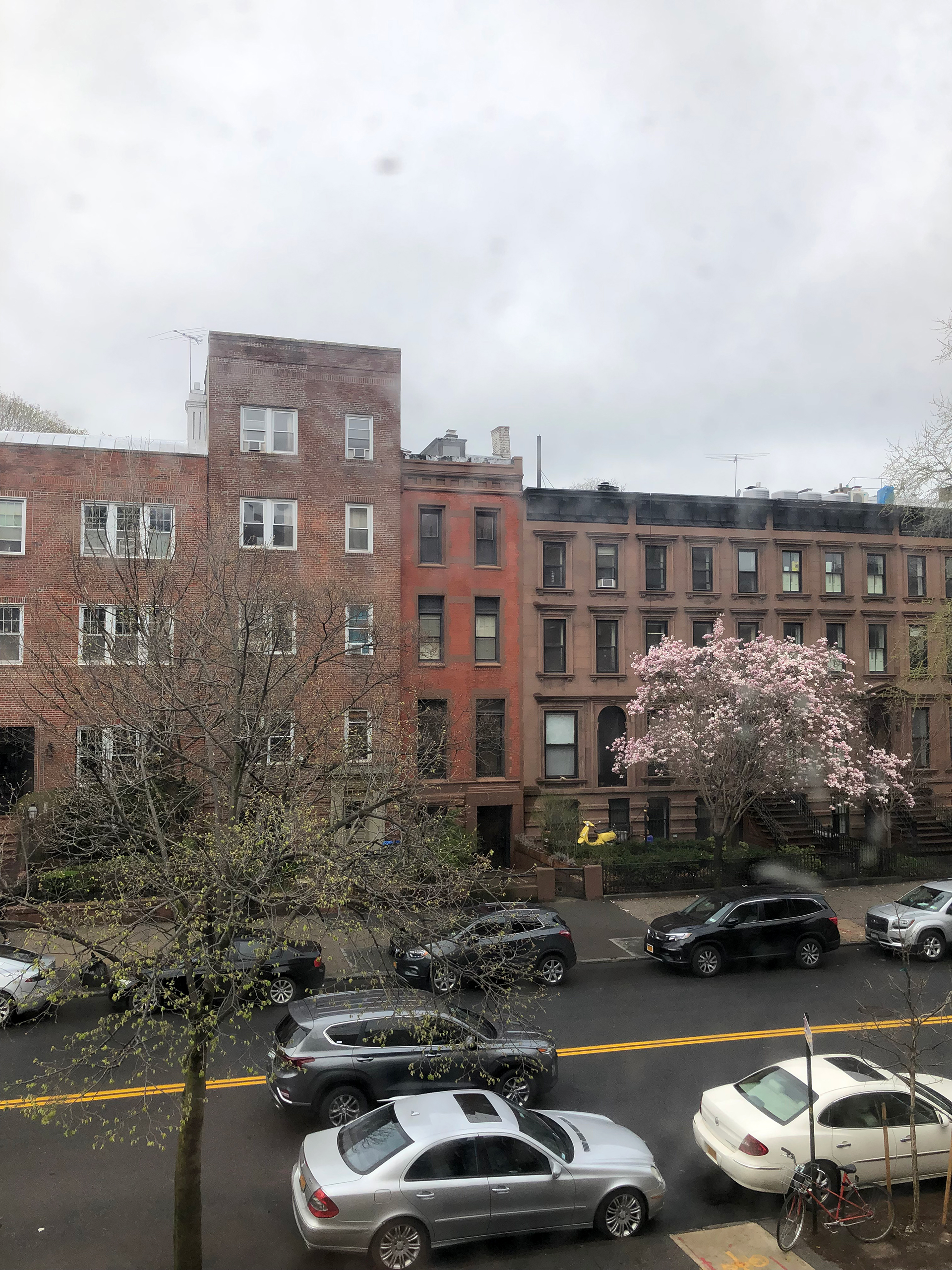Like many Americans I’ve been thinking an awful lot about the food I eat and how many (or, in fact, how few) meals I cook myself. I’ve been thinking about how despite the fact I consider myself to be an above average cook I probably cook less than 20 meals per month.
I’ve also been thinking about how food is intrinsically connected to the quality of our lives and the cause of our deaths. I’ve been thinking about my health and the health of my family. I’ve been thinking about how my wife and I promised ourselves we wouldn’t feed our daughter processed foods — food out of a box or a drive-through window — and yet some weeks we find ourselves doing just that more often than not. And those decisions are probably killing us slowly.
As I type this I am in recovery from laparoscopic cholecystectomy — surgery to have my gallbladder removed due to gallstones. Heading into surgery I told myself it was hereditary because my mother and grandmother had the same surgery. It’s just something I would have had to deal with no matter what. But speaking with doctors and nurses in the hospital this surgery has become commonplace and is presenting in younger and younger patients largely due to lifestyle and diet factors. An estimated 20 million Americans are currently carrying around stones and approximately 700,000 have their gallbladders surgically removed each year. Gallstones are associated with a sedentary lifestyle, sugar consumption, high meat consumption, low vegetable consumption and eating processed foods, especially bad omega-6 fats including hydrogenated fats and highly processed “vegetable” oils — fats used for frying. And gallstones are just one small part of a more dangerous bigger picture. Although my numbers are good right now I know that if I don’t change my lifestyle I will eventually be at risk for diabetes, heart attack, and various types of cancer. Just like the vast majority of Americans.
What I haven’t been doing enough of, unfortunately, is acting on all of these thoughts and data. Over the last two years I have markedly improved my health through fitness and some experiments with various approaches to improved nutrition. Before that I tried for a decade to find something that worked. During all of that time I have tried “eating clean,” the paleo diet, Whole 30, IIFYM, flexible dieting and many others. However, none of those changes have ever stuck for very long. But I’ve learned a thing or two along the way. In fact, I’ve learned a lot.
I’ve boiled the ideas and lessons I’ve gathered down to a way of cooking and eating I call the primary style. It’s not a diet, it’s just an approach to food that makes sense. And I believe it will make me feel better, lose weight, get stronger, become more clear mentally, and will help reduce my impact on the environment. Most importantly, it’s easy to follow and build a lifestyle around. It just takes some concious thought, a little work and some planning.
Here are the basic rules:
- Be mindful about what you eat, when you eat, and the reasons why you are eating. Always remember, food is precious and connected to how we live and die.
- Eliminate processed foods from your life. If it comes from a bag or a box or a drive-through window it probably isn’t real food.
- Absolutely no added sugars, ever.
- Eat mostly plants and far less meat.
- Eat high quality ingredients. Typically this means local, seasonal, and sustainable produce and meats. Avoid factory-farmed industrialized food products.
- Cook your own food most of the time.
- Cook simply.
- Eat together with friends and family when possible. Breaking bread is important.
- Be prepared. Spend a little time each week preparing foods for the days ahead.
- Cheat every once in awhile.

These are the general guidelines:
Green Light:
- Lean Protein (poultry, fish, eggs)
- Healthy Carbs (vegetables and fruits)
- Healthy Fats (olive oil, coconut oil, avocado, nuts and nut butters, butter, ghee)
This is the perfect “primary” plate consisting of three sets of healthy macros. Depending on what your current lifestyle objectives consist of the ratio of macros you consume may change. I’m going to start with 45% protein, 40% carbs, 15% fat.
Yellow Light:
- Four legged meats (red meat and pork)
- Starchy Carbs
- Rice
- Alcohol
- Dairy
These are foods that should be consumed moderately or avoided altogether.
Red Light:
- SUGAR
- Processed foods including “vegetable” oils, dairy, anything with corn syrup, and anything that comes out of a box or a bag or a drive-through window.
- Industrialized meat
- Most grains
These are foods which are completely forbidden. They are toxic and exist only to put profit into the pockets of corporations and the people who run them. These foods are killing us and must be eliminated from our diets.
It’s that simple. I’m going to try this way of eating for 30 days starting Monday, January 11th and will report my results here in February. What I’ll be using to evaluate results are a) my ability to stick to the plan, b) weight / body factors and c) mental and physical well-being.

Acknowledgements
This essay/idea has been brewing for a long time, maybe a decade. I’m indebted to the work of Michael Pollan whose Food Rules, Cooked, In Defense of Food and The Omnivore’s Dilemma have been a great source of inspiration in my life. Ultimately the whole line of thinking in this essay and way of cooking and eating is a derivative consolidation of Pollan’s Food Rules.
I’ve also seen the very best results of my life from the program at Iron Tribe Fitness. Their dietary nutrition rules are from the Paleo school of thought which is a great blueprint. The rules I’m creating here are also a derivation of their rules. (I can’t wait to get back into the gym next month!)
Finally, there’s a wealth of great information out there on this subject. I highly recommend Dallas & Mellisa Hartwig’s It Starts With Food, Robb Wolf’s work, and Tim Ferriss’s fun yet flawed The 4-Hour Body.
What binds all of these works together is the foundational notion that the way we think about, produce and consume food is inherently broken. We need real change and that change starts in each of our homes and selves. What I have put forward here is a very simple way of doing that. I hope it works.




You must be logged in to post a comment.